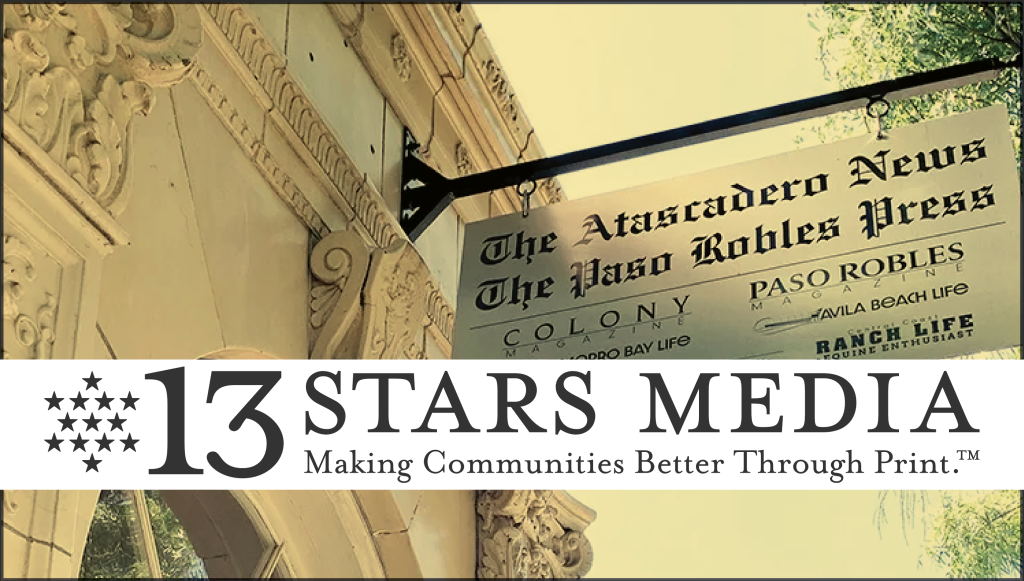By BETTY HARTIG
Wildlife is abundant among the coastal oak trees that line the Bob Jones Pathway. However, some of the smaller creatures that flourish in the area are far from visible. If you take a closer look, you can see some interesting dwellings. There are numerous vegetation structured mounds that resemble haystacks, which can be 3 feet high or more, comprised of twigs and various forest debris.
They are the homes of the nocturnal dusky-footed woodrat. It is unlikely that you would ever see a woodrat, but their nests can be spotted by merely scanning to the left or the right of the trail. The dusky-footed woodrat’s tidy abode is far from a nest. It is more like a mansion with multiple chambers, rooms, hallways, and several bathrooms for waste. In fact, their homes are multi-level. Surprisingly, there are no building permits required for these strategically placed residences. The woodrats are skilled at constructing satellite dens in trees as well. Simply look up in the oak trees, and you will notice what appears to be a large cluster of debris, that is an extensive nest for the little furry critter. It sure would be intriguing to watch the acrobatics used for assembling these high rises.
Dusky-footed woodrats are small cinnamon to gray colored rodents with long whiskers, rounded ears, and bristly tails. They average about 16” in length from the tip of their nose to the end of their tail. Their tail is about half of their total size. The rodent closely resembles a big mouse. The name dusky footed refers to the color of their feet. Woodrats are commonly called packrats. They are hoarders, collecting various objects that humans have discarded near their stomping grounds. They especially like shiny objects. Due to their propensity to exchange an item, they are carrying for anything new they find; they are also referred to as trade rats. It is not unusual to find plastic bottles used as reinforcement materials for their shelter; other objects can be interesting interior decor.
Dusky-footed woodrats prefer to live in dense vegetation amongst oak trees. The sticks they use to build their lodges are deliberately placed to allow safe entrance and exits. To ensure a comfortable living environment, the woodrat places California bay leaves around the edges of their nest within their houses to control ectoparasites, such as fleas. The leaves contain potent organic compounds which are toxic to flea larvae. Dens contain a nest, one or more pantry chambers, which store leaves, grass seeds, and nuts for future consumption. Although woodrats are solitary, living alone in their carefully designed quarter, they live in a community with several nearby neighbors. Interestingly, their domed shaped home can house successive generations. It is common for a woodrat to add to their inherited den, making the nest larger by skillfully remodeling.
Dusky-footed woodrats are chiefly herbivores but will eat insects, mealworms, and crickets. They consume a variety of cuttings from branches and leaves, as well as fruits and nuts. The environment along the Bob Jones Trail provides an excellent living area for this somewhat cute rodent. Plenty of sticks to build homes and an abundant food supply. These impressive animals are prolific in all California coastal oak forests. A 1993-94 study that took place at Camp Roberts concluded a high dusky-footed woodrat population, as many as 27 rats/acre, can occur in oak woodland with well-developed vegetation structure.
The dusky-footed woodrats are an important part of the ecosystem. They are prey for their natural predators, which include coyotes, bobcats, owls, and hawks. It is captivating to learn about our wildlife neighbors. Take time to observe the Bob Jones Trail’s surrounding environment; it can lead you to fascinating discoveries.







